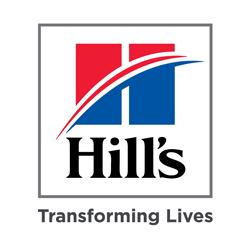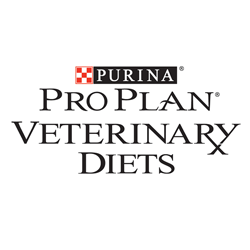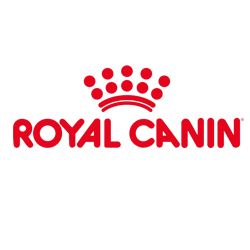A Team Approach
Providing optimal nutritional management to patients requires the entire practice team with whom the client interacts. Using the entire team increases morale, utilization, and revenue for the hospital. The client service team should facilitate the completion of a diet history form before the appointment. Veterinary technicians should assess the patient’s BCS, BW, and MCS and take a history from the pet owner including a nutritional history. This information should be relayed to the veterinarian, who uses it along with further questioning, diagnostics, and the exam to make a nutritional recommendation. To ensure client adherence, the recommendation is supported and further explained to the client by the veterinary technician or assistant. This explanation is an educational process involving how the nutritional recommendation impacts the disease process and in turn the health and wellbeing of a patient, and it allows for questions from the client.
Once a nutrient profile, portion, and feeding schedule have been prescribed, the next steps toward success are follow-through by the veterinary healthcare team and accountability. An easy-to-implement program leverages the veterinary team to partner with the client to position the pet toward optimal health.
In executing this approach, the client makes an appointment (before leaving the practice) for a weigh-in and a body composition– muscle composition assessment. A member of the practice team follows up with the client by phone or email within the first couple of days. The client then returns for the subsequent visit, the pet is weighed, and the BCS-MCS is assessed and recorded in the medical record. The feeding plan is reviewed and verified with the client. The target weight is reviewed, and the goal is adjusted if needed. Questions from the client are encouraged and answered. Finally, dietary portioning is adjusted if needed and the next assessment appointment is scheduled.
There are multiple ways to fine-tune an accountability program to enhance its value to the client, to the veterinary healthcare team, to the patient, and ultimately to the practice. Some nuances to consider include:
- Pair each patient with a specific team member. This creates continuity for the client, patient, and practice. It allows that team member to note the trend of the pet’s progress toward optimal body composition. The continuity of contact builds trust with the client, potentially reduces fear for the patient, and further bonds the client to the practice. This helps to set the practice apart in a crowded marketplace and enhances the role of the team member, allowing that person to contribute to the success of the practice and the practice’s nutritional goals.
- Set boundaries or “rules” for this assessment and accountability program. For instance, a formal appointment should be on the clinic’s schedule and the value to the patient of checking in regularly explained to the client. Consider an appropriate interval for these visits. Four to 8 weeks apart is reasonable. These assessments should stand independent of the pet’s wellness or preventive care appointments.
- Consider creating a small incentive or “thank you” for the client. This acknowledges the client’s investment in helping their pet to be as healthy as possible.
- Recognize that clients who involve their pets in a weight management program enter the practice more frequently. This provides multiple opportunities for the client to mention or a veterinary team member to recognize medical issues that require attention. Any of these articulated concerns can lead to scheduling a formal appointment, allowing the practice team to catch and deal with a medical issue early before it progresses and expands into something more serious.






